- Category
- War in Ukraine
Russia’s Killer Orlan Drone and Its Western-Manufactured Components
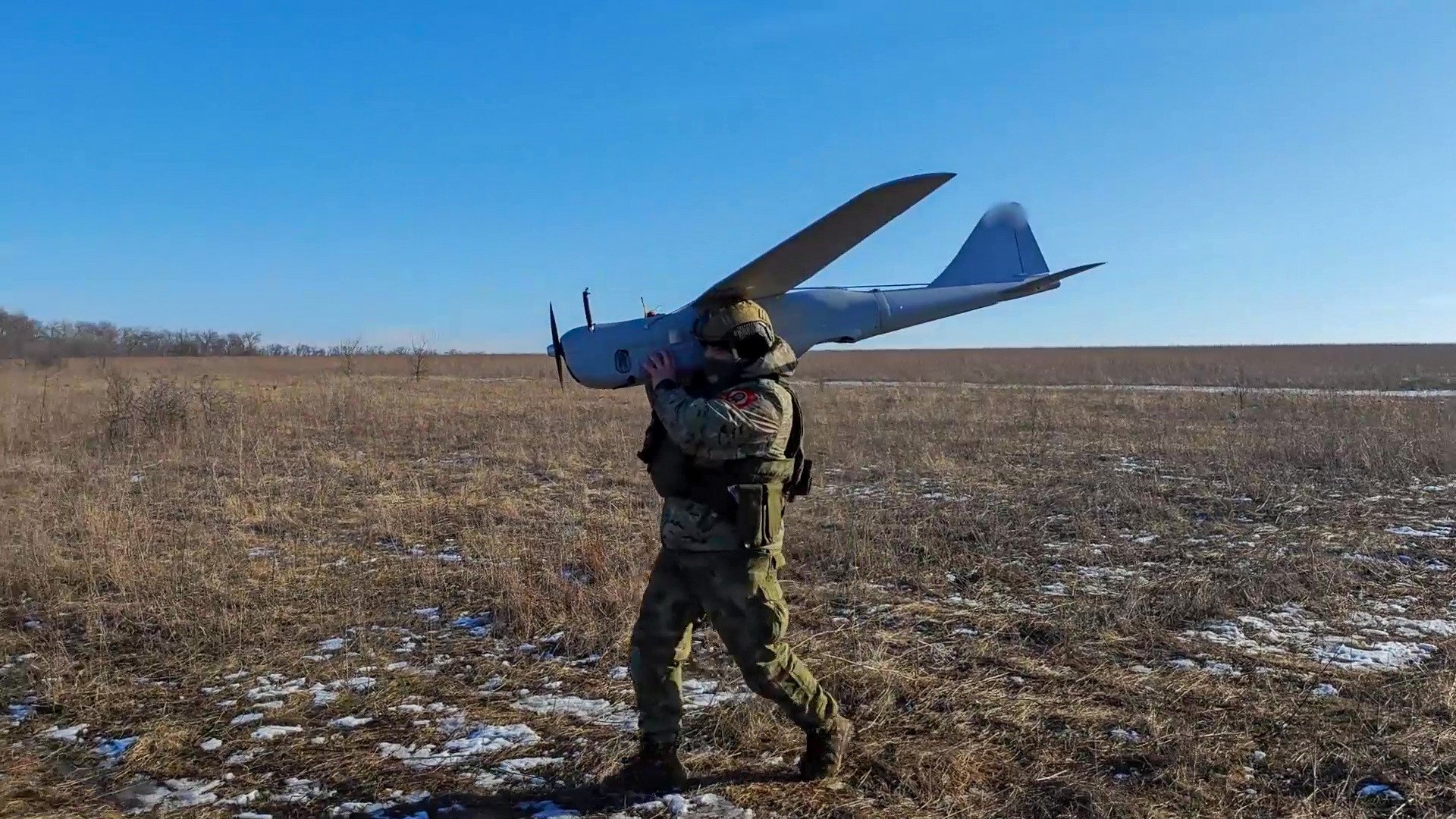
Unmanned aerial vehicles (UAVs) have become key in Russia’s attack on Ukraine. Russian forces have developed a killer attack system using their smaller, harder-to-target Orlan variants, critically made with Western components. What is the Orlan drone, and how has Russia maintained its supply of components from the West?
The Orlan-10 and Orlan-30 are reconnaissance unmanned aerial vehicles (UAVs). The Orlan-10 has a variety of uses: reconnaissance, combat training, jamming, detection of radio signals, and target tracking in hard-to-reach terrains. It took its first flight in 2010 and Russian forces have been using it to target Ukraine since 2014, when the war first began.
Its latest version, the Orlan-30, has been in production since 2020 and has been used during the full-scale invasion for reconnaissance and guiding strikes on Ukrainian positions and civilian infrastructure.
Ukraine has also been using the Orlan-10 Russian-developed drones in their counter-attacks on Russian forces.
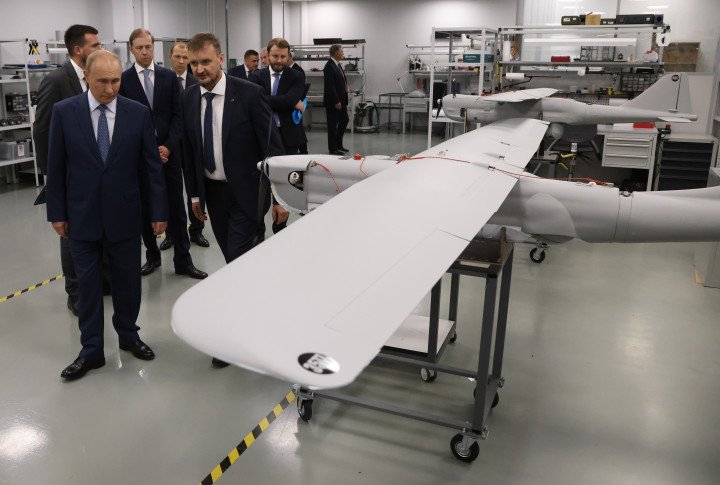
Orlan carries a day-light camera, a thermal imaging camera, and a radio transmitter, providing real-time intelligence, 3D maps, surveillance, and aerial reconnaissance of ground-based targets. It can differentiate between Russian and Ukrainian information for transmitting and can be mounted with signal jammers.
According to analysts, the Orlan-10 has proven to be “most effective” due to its 600km range, 150km maximum speed, and 5km flying altitude, making it somewhat difficult to defeat.
It enables Russian artillery to fire accurately within as little as three minutes of identifying a Ukrainian target. Without the Orlan-10, Ukrainian sources indicate that Russian artillery can take up to 20 minutes to reach Ukrainian troops.
Russian forces also regularly use the Orlan-30 variant. It can fly faster at 170kmph and for longer than the Orlan-10, 5 hours straight. The 30 can carry multiple payloads, and its maximum take-off weight is 27kg compared to the 10’s 16.5kg.
Even so, Ukraine’s increasing combat precision has been successful in downing many Orlan drones. Recently, Ukraine shot down a Russian Orlan drone at a record height of 3,620 meters.
This Russian “Orlan” UAV was shot down at an altitude of 3,620m (11,876 feet). Again a rather inexpensive FPV drone used for that purpose.
— (((Tendar))) (@Tendar) September 9, 2024
Another theater of war where Ukraine completely changed the rules of the game. pic.twitter.com/IwPzPW6MGn
UAVs have changed the way that the world will fight wars in the future. Cheap and effective, drones are a key element to Russia’s attack on Ukraine.
Russian forces have developed a killer system with the Orlan drones. They’re often used in pairs to guide missiles and one-way attack drones, such as the Lancet-3 and Iranian-made Shahed-136. The Orlan hunts its target, and the Lancet strikes. This has become a regular strategy for Russian forces when attacking Ukraine.
According to Ukrainian commanders, the Orlan-10 directed around 20,000 Russian artillery shells fired on Ukrainian positions in 2022, killing up to 100 soldiers per day.
⚡️The 🇺🇦Ukrainian military shot down a 🇷🇺Russian reconnaissance UAV Orlan-10 with small arms pic.twitter.com/7PJPQwA2rY
— 🪖MilitaryNewsUA🇺🇦 (@front_ukrainian) May 11, 2024
In September 2023, Russia destroyed bridges in Ukraine’s Kharkiv region using guided missiles fired from Su-34 aircraft which were guided by “laser target designators,” on board Orlan-30s, analysts report.
This hunter drone has a big problem. Its main components are from the West. Distributors are based in the U.S., Europe, South Korea, and Hong Kong. Investigations revealed that since the full-scale invasion, imports of Western-manufactured components to Russia drastically increased allowing them to maintain production and use of the Orlan series.
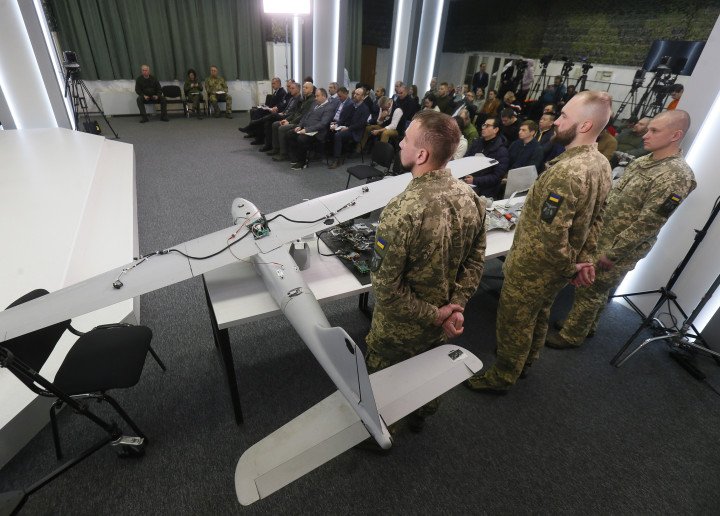
How did Russia get Western components for the Orlan drone?
The U.S. and the West have worked to impede Russia’s ability to procure advanced microelectronics for its weapons programs. Restricting Russia’s export controls and placing sanctions have been core tools for policymakers.
However, Russian oligarchs, businessmen, and kleptocrats have become some of the world’s elite when it comes to sanction evasion.
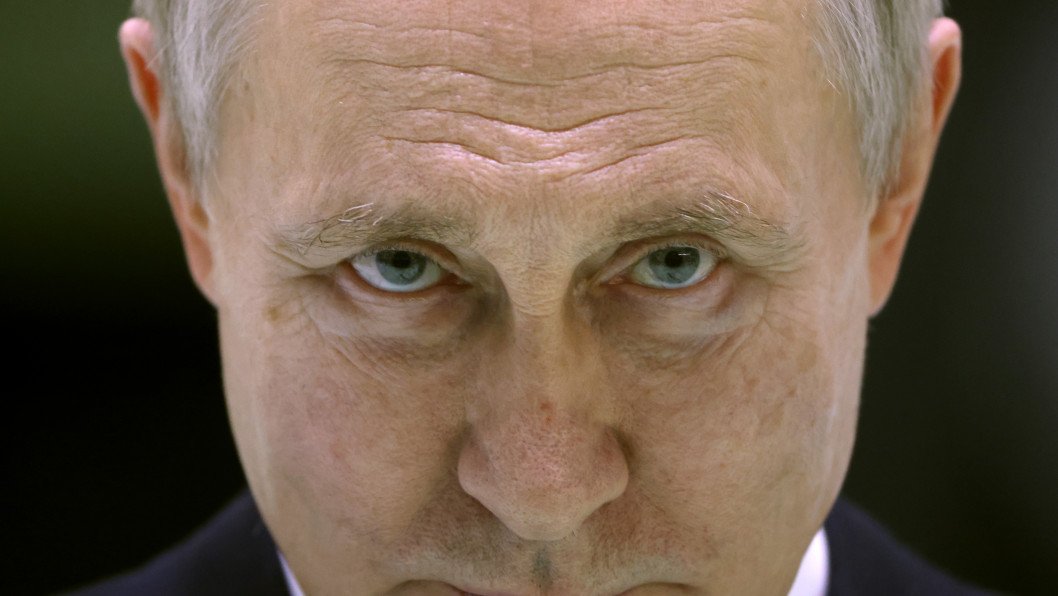
Since the full-scale invasion began there have been several cases in which Western components in Russian missiles were found. Russia has, for many years, even before the full-scale invasion, been evading U.S. sanctions through shell companies and still procuring vital Western parts for their weapons. This also applies to the Orlan series.
Companies closely linked to the St Petersburg-based Special Technology Centre Limited Liability Company ( STC)—a Russian military-affiliated manufacturer—had drastically increased imports of Western components for the Orlan since the start of the full-scale invasion in February 2022, an investigation by RUSI, Istories, and Reuters found.
"The output of Orlan-10 grew 3-4 times and of Orlan-30 25 times against 2021. It is a high result," Chief Designer, Roman Ivanov, at the the Special Technological Center (STTs), told Russian state media in February 2024.
1/3 A Ukrainian entrepreneur claims he was able to purchase designs and key documents from Russia's STC that makes Orlan drones - from disgruntled STC employees - starts at 2:50. Russian Telegram bloggers are now lamenting the lack of security at such enterprises. Moreover... pic.twitter.com/OWIiFjzRp9
— Samuel Bendett (@sambendett) January 8, 2024
In December 2022, when publishing the investigation RUSI warned that “these imports will likely enable the Armed Forces of the Russian Federation (AFRF) to maintain and expand production of the country’s most successful UAV, a platform that sits at the heart of the country’s warfighting capabilities and enables the AFRF to rain accurate fire down on Ukrainian formations.”
Through financial records, customs data, court records, and Russian company filings, the investigation found that many Western-manufactured imports were likely being procured by a St Petersburg-based company named SMT-iLogic3 on behalf of STC.
SMT-iLogic3 was first sanctioned by the U.S. as far back as December 2016 for Russia’s interference in the 2016 U.S. Presidential election.
Orders made by STC showed that the company imported components, parts, and equipment made in the U.S., Germany, Spain, Austria, Great Britain, Switzerland, and more.
A U.S. company owned by an individual with Russian and American citizenship, named Igor Kazhdan, shipped large volumes to SMT-iLogic in violation of US export controls.
The battle for the skies!
— Defense of Ukraine (@DefenceU) June 2, 2024
🇺🇦 FPV drone destroyed the russian Orlan UAV during the flight.
📹: Alpha Group of the @ServiceSsu pic.twitter.com/QIp1T2T10P
Sanction circumvention is often part of a long and complicated structure, designed to make investigating and holding those involved in illegal business to account, extremely challenging.
In this case, the chain for receiving the components for the Orlan looked like this:
Manufacturing company in the USA, Asia, and Europe;
Distributor (usually in the production country);
Intermediary front company or shell company
Russian supplier company;
Russian military-industrial complex factory (in our case, STC).
WAR PROFITEERS: The Orlan-10 is Russia's most widely used battlefield drone. A significant number of the drone's critical components are manufactured by western companies-- including Texas Instruments. https://t.co/pM11rmChwO pic.twitter.com/q1JTJiLNU0
— Chuck Pfarrer | Indications & Warnings | (@ChuckPfarrer) April 5, 2024
RUSI reported that in many cases, exporters appeared to be operated by Russian nationals or expatriates based abroad with very low public profiles. Undoubtedly, the continued supply from the West has enabled Russia to continue its relentless attacks on Ukrainian positions and civilian infrastructure with these drones.
Parts for the Orlan series may, however, be finally more difficult to access, though this does not mean that Russia’s attacks on Ukraine using such drones will reduce. It seems that Russia is developing its own variant.
#Ukraine: A Russian Orlan-10 was shot down by 79th Air Assault Brigade of Ukraine.
— 🇺🇦 Ukraine Weapons Tracker (@UAWeapons) May 13, 2022
Interestingly, this Orlan is not a classic reconnaissance UAV, but is part of a Russian Leer-3 electronic warfare system- the drone in this case is used to detect and jam GSM signals. pic.twitter.com/Ugd4bpaigS
According to reports, Roman Ivanov, the chief designer at the Russian Special Technological Center, said Russia will replace its Orlan-10 and Orlan-30 reconnaissance drones with a new generation of UAVs.
Details about the new UAVs remain undisclosed, as it’s believed that the project is in its early development stages. According to reports, the new UAVs will “share certain characteristics with the existing Orlan series, such as wings, engines, and target equipment.”
Defense Express said that the new Russian-developed UAVs are “expected to enhance key performance features such as flight range, air time, and payload capacity, though they are unlikely to represent a completely new design.”
Russian designers say that they will keep upgrading the drone and exports will increase even after the war is over. "The Defense Ministry has a vision of which hardware it needs. The work will continue for years," Chief Designer, Roman Ivanov, at the the Special Technological Center (STTs), told Russian state media in February 2024.
-46f6afa2f66d31ff3df8ea1a8f5524ec.jpg)

-f88628fa403b11af0b72ec7b062ce954.jpeg)
-b63fc610dd4af1b737643522d6baf184.jpg)

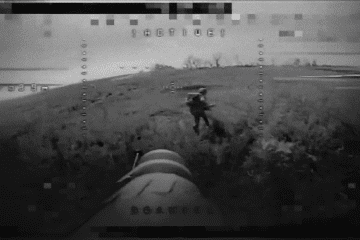
-29a1a43aba23f9bb779a1ac8b98d2121.jpeg)
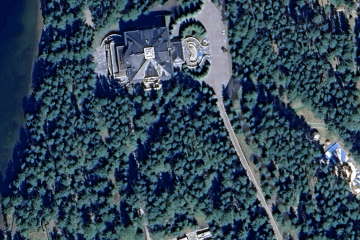
-24deccd511006ba79cfc4d798c6c2ef5.jpeg)